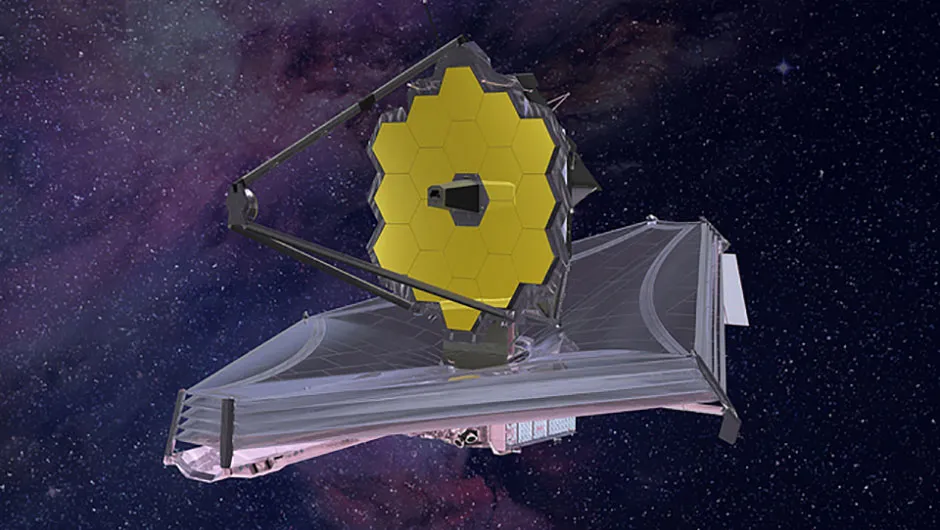One of the major drivers for exoplanetary research is trying to discover twins of our own homeworld. Earth-like planets orbiting within the ‘habitable zone’ of their suns – where it’s neither too hot nor too cold for oceans of liquid water – are thought to offer the best conditions for supporting life.
The next step after discovering a possibly suitable world is to try to detect signs of life that are actually present on that remote planet, using no more than the light we can gather in our telescopes.
One promising potential ‘biosignature’ on a planetary scale is the presence of oxygen in the atmosphere.
Oxygen is a very reactive gas and so a significant amount of it in a planet’s atmosphere indicates some process that is releasing oxygen faster than it can react with the planet’s crust – the only reason that you and I are currently enjoying deep lungfuls of oxygen-rich air is because life (specifically photosynthetic cells) has pumped it out.
Unfortunately for the search for life beyond Earth, biology isn’t the only phenomenon that can produce an oxygen-rich atmosphere – it’s not a unique signature of life.
If a planet undergoes a runaway greenhouse effect, as has befallen Venus, any oceans it once had are boiled away and water vapour streams into the upper atmosphere.
Here, the H2O is split by ultraviolet radiation into hydrogen – which rapidly escapes into space as it is so light – and oxygen gas.
So detecting an oxygen-rich atmosphere, frustratingly, could mean the terrestrial exoplanet is either a hellish Venus or an idyllic Earth. How could we tell them apart?

The key, says Andrew Lincowski and his colleagues at the NASA Virtual Planetary Laboratory, University of Washington, is to look at the isotopes present in the atmosphere.
The two different atoms making up water, hydrogen and oxygen, exist in both lighter and heavier isotopes, meaning they have more or fewer neutrons in their nucleus.
And if a planet has undergone a runaway greenhouse effect, the lighter isotopes more readily escape the atmosphere into outer space, leaving behind a greater proportion of heavy-hydrogen (deuterium) and heavy-oxygen (which has two extra neutrons).
Proportionally, Venus has one hundred times more atmospheric deuterium than Earth.
These types of isotope measurements can be made on transiting exoplanets using the James Webb Space Telescope (JWST).
Lincowski has calculated that if a terrestrial planet orbiting a late-stage M dwarf star lost its ocean in a manner similar to Venus, the tell-tale proportions of the remaining atmospheric isotopes will be detectable by JWST when it launches in 2021.
These measurements could only need observations of the exoplanet transiting its M dwarf star a handful of times.
Perhaps the most enticing exoplanet system to attempt these isotope measurements on is TRAPPIST-1.
This planetary system has seven known exoplanets – two of which, the d and e planets, orbit with the habitable zone.
Do either of these worlds hold oxygen in their atmospheres? If so, is it due to a runaway greenhouse effect, or could they potentially harbour life?
We may well know in just a few years.
Lewis Dartnell was reading Observing Isotopologue Bands in Terrestrial Exoplanet Atmospheres with the James Webb Space Telescope — Implications for Identifying Past Atmospheric and Ocean Loss by Andrew P Lincowski, Jacob Lustig-Yaeger and Victoria S Meadows. Read it online here.
Prof Lewis Dartnell is an astrobiologist at the University of Westminster.This article originally appeared in the August 2019 issue of BBC Sky at Night Magazine.
